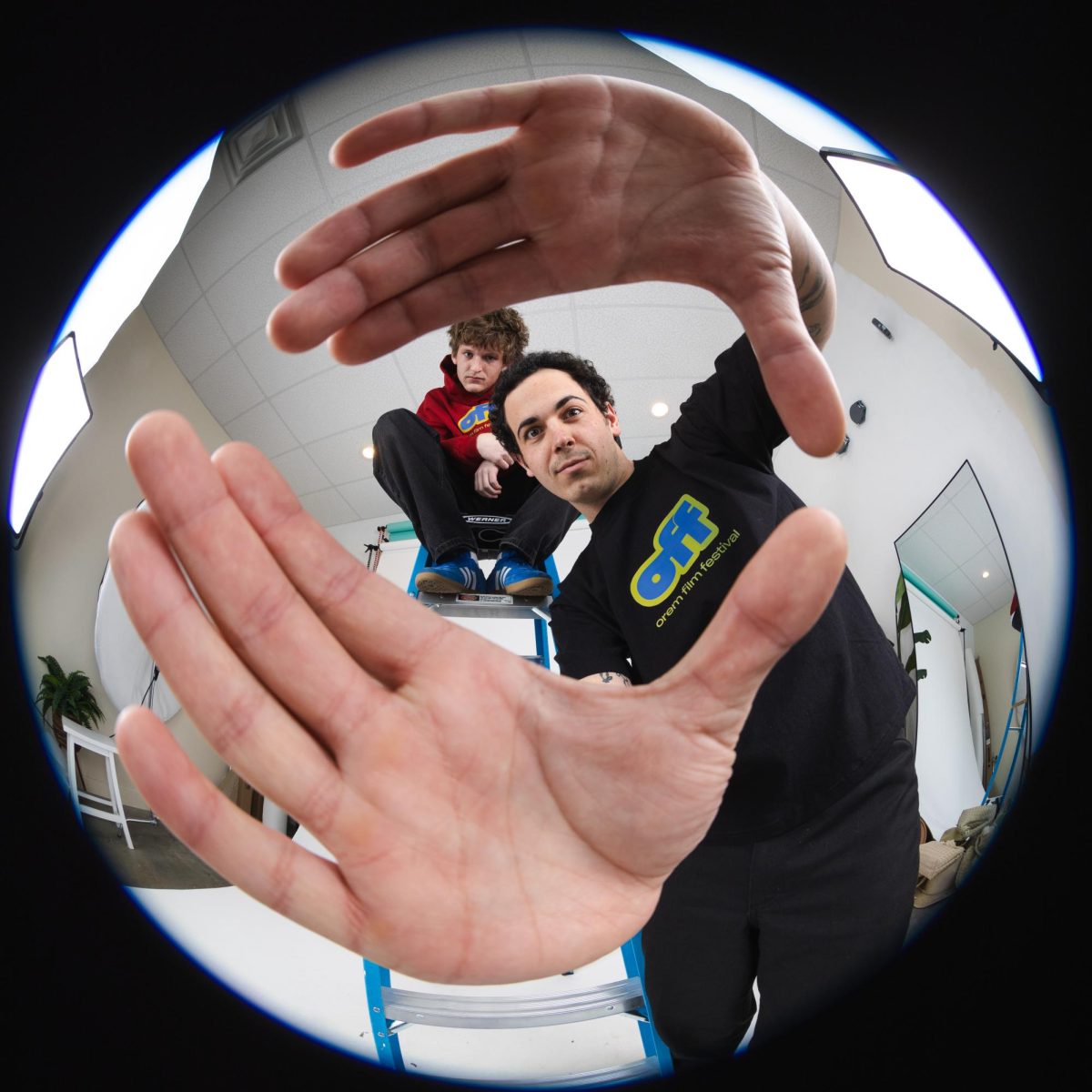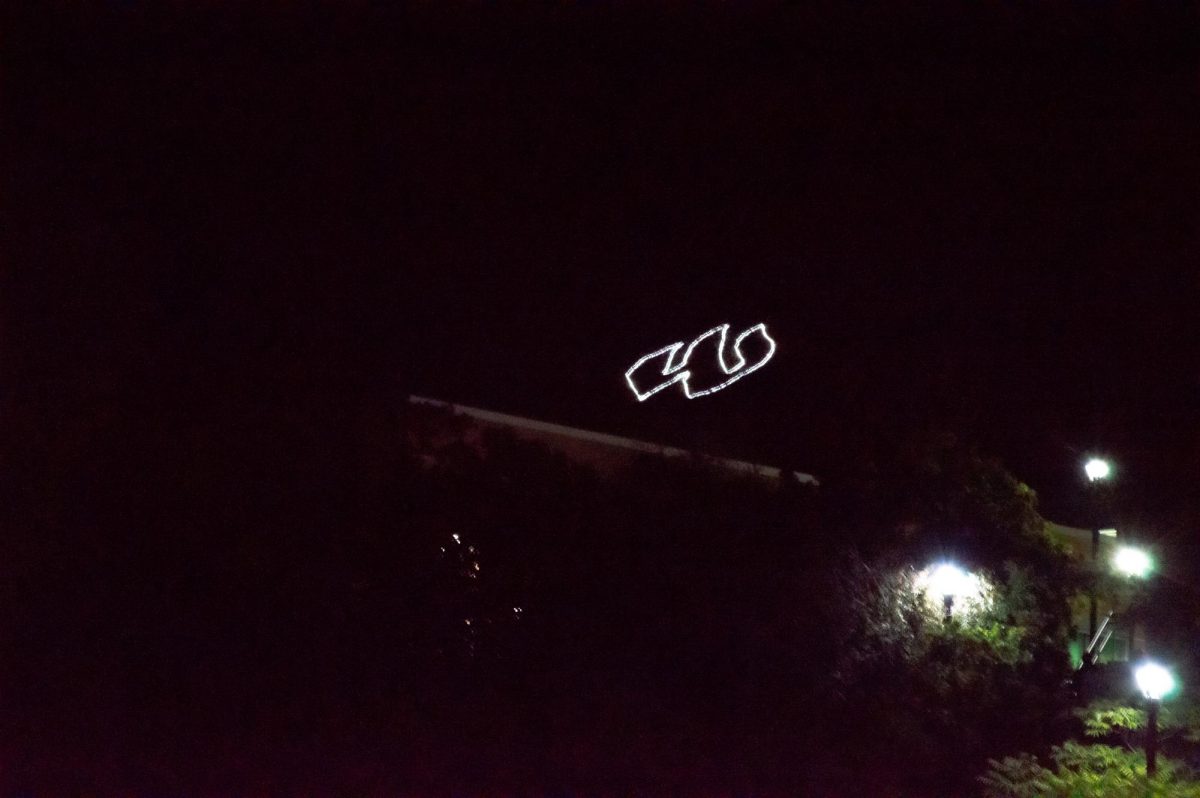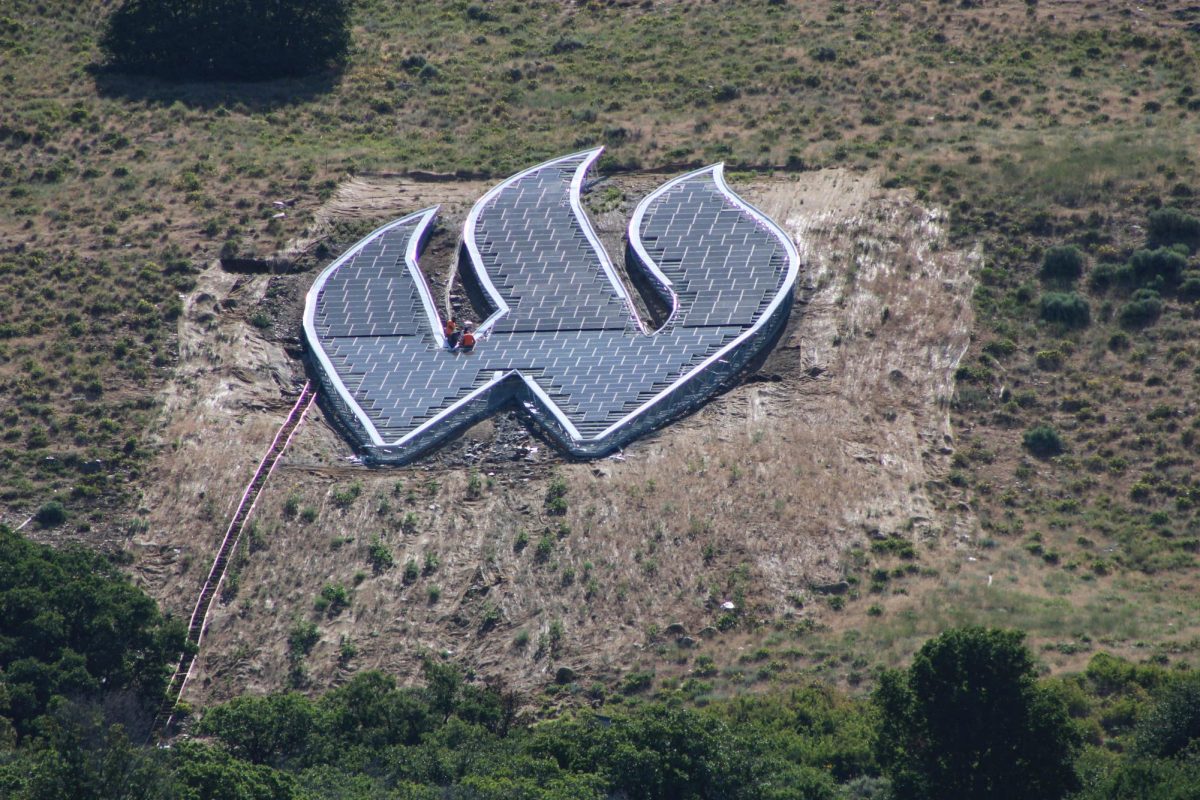During construction on Weber State University’s underground service tunnels, a fire line burst on

the west side of the Shepherd Union Building, resulting in a huge pool of water, which left WSU personnel and the construction crew scrambling for answers.
Commercial Services Unlimited is the construction company upgrading the underground service tunnels on the WSU campus because of groundwater seepage over the years. Shawna Rowley, director of Facilities Business Services, said the tunnels feed many WSU buildings with steam and chilled water, and because of the line break, which happened around 2:20 p.m., six buildings were without water for a short period and the science lab had to cancel one class.
Mike Duke, project manager for CSU, said after they were done digging, pressure had been released, causing an old, defective 90-degree fitting on the fire line to burst.
“Nothing really major, and the good thing is that none of the water got into the building, so it is just isolated to right here,” Duke said.
After a little more than an hour, the CSU workers had sucked up the majority of the water when suddenly the hole filled with water again, so they were unable to determine the damage. At 5:30 p.m., WSU personnel in the Shepherd Union Building and Elizabeth Hall were told all the water would be turned off in the building until 7:30 p.m.
Chad Downs, WSU project manager, said the CSU crew stayed on campus into the evening until they were able to stop the leak and were able to turn the water back on around 8:30 p.m.
Downs confirmed that when CSU was digging to gain access to the tunnel, crew members removed a thrust-block, a block of concrete poured directly around the 90-degree fitting to prevent it from shifting, keeping it stabilized. Downs said it was a combination of the soil being undermined and CSU removing the thrust-block that led to the pipe bursting.
CSU will have a full report within the next week. However, the repairs will more than likely fall on WSU and the cost will come out of its contingency funds.
“We are having to cut out more concrete, so this was one of our smaller patches in the tunnel that we were doing, but now it has become a much bigger site,” Downs said. “Seven feet deep — it’s deeper than a lot of the areas, so even to get to it, you have to go pretty wide to get access.”
Unforeseen situations such as these happen during construction, but Downs said that thankfully, the damage was not extensive.













